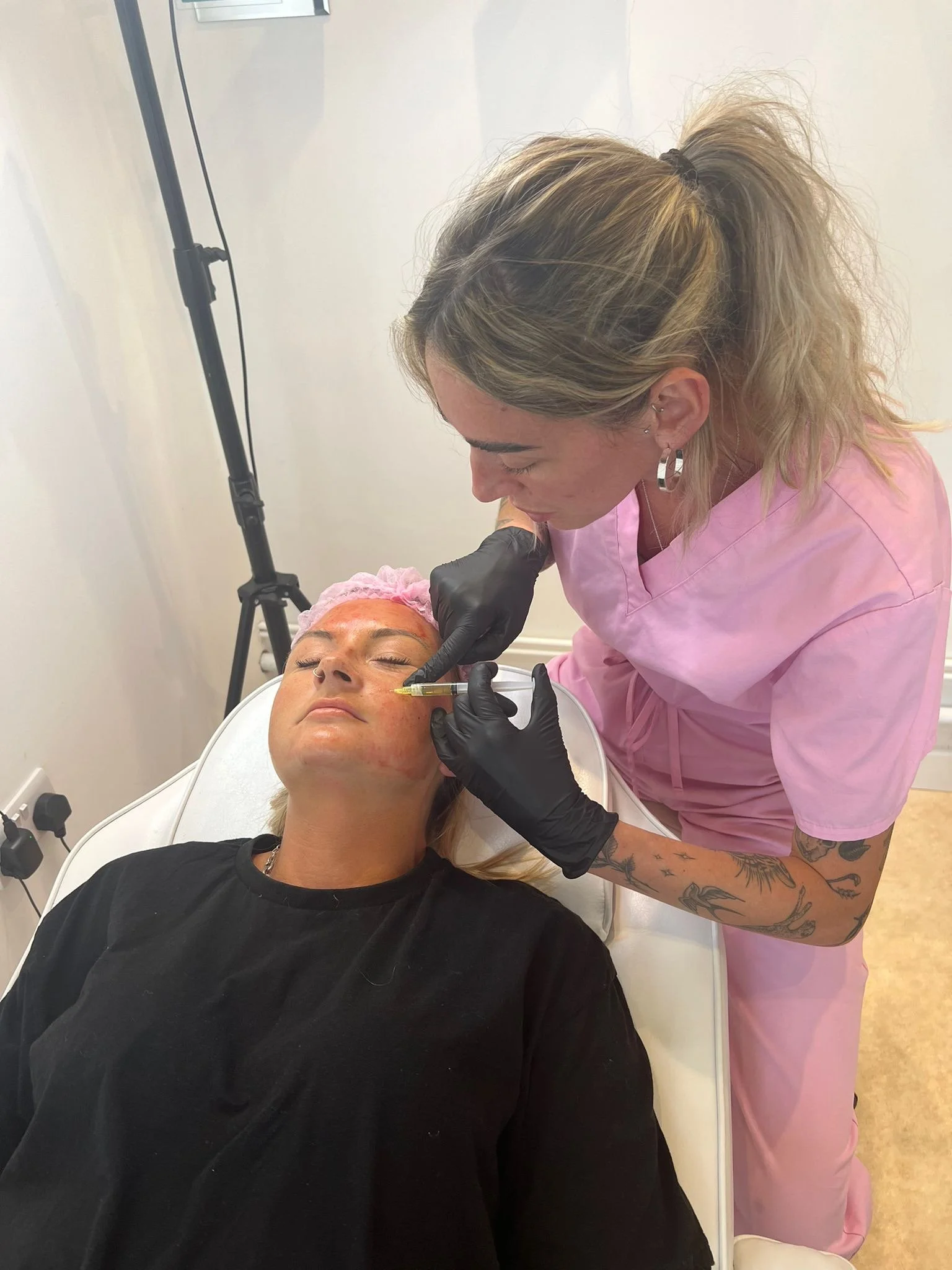How to target acne scarring
Acne scarring is a common concern for many people, especially for those who have struggled with active acne in the past. It’s important to distinguish acne scarring from active acne, as they require different treatments. Active acne, characterized by pimples, cysts, or pustules, typically requires the attention of a dermatologist to address the underlying causes. On the other hand, acne scarring, which is a result of the healing process after acne lesions have subsided, often requires treatments focused on improving skin texture, stimulating collagen production, and reducing discoloration.
If you are someone who has experienced acne scarring, there are several effective treatments available to help improve the appearance of the skin. One of the most popular and widely recommended treatments is microneedling with PRP (Platelet-Rich Plasma). This treatment involves using fine needles to create micro-injuries in the skin, stimulating the body’s natural healing process. When combined with PRP, which is derived from your own blood, the treatment encourages further collagen production and skin regeneration. PRP contains growth factors that help to repair damaged skin, making this treatment highly effective in improving the texture of the skin, smoothing out scars, and giving the skin a glowing, more youthful appearance.
Another benefit of microneedling with PRP is that it helps to build elastin and collagen, which are essential proteins for maintaining skin elasticity and firmness. This treatment can also minimize the appearance of both superficial and deep acne scars, providing long-term skin improvement.
For those who may not see the desired results from microneedling alone, additional treatments can be considered to further enhance the outcome. One option is to add dermal fillers into the affected areas. This can help to restore volume to depressed scars, smooth out uneven skin, and create a more even surface. Dermal fillers are often used in combination with microneedling to provide a more complete treatment plan, as they can address both the texture and volume loss associated with acne scars.
In addition to microneedling with PRP and dermal fillers benefits, another treatment option to consider is chemical peels, such as Biorepeel. Biorepeel is a type of superficial chemical peel that works by exfoliating the outer layers of skin, helping to remove damaged skin cells and stimulate new skin growth. It is an excellent option for those with acne scarring, as it helps to improve skin texture, reduce hyperpigmentation, and encourage the regeneration of healthier, smoother skin. The Biorepeel formula typically combines ingredients that help to exfoliate, hydrate, and renew the skin, offering a gentle yet effective solution for acne scars.
In summary, treating acne scarring involves a combination of therapies aimed at rejuvenating the skin, stimulating collagen production, and addressing the various textures and discolorations that often accompany scars. Microneedling with PRP, dermal fillers, and chemical peels like Biorepeel can all be highly effective in targeting and improving the appearance of acne scars.

